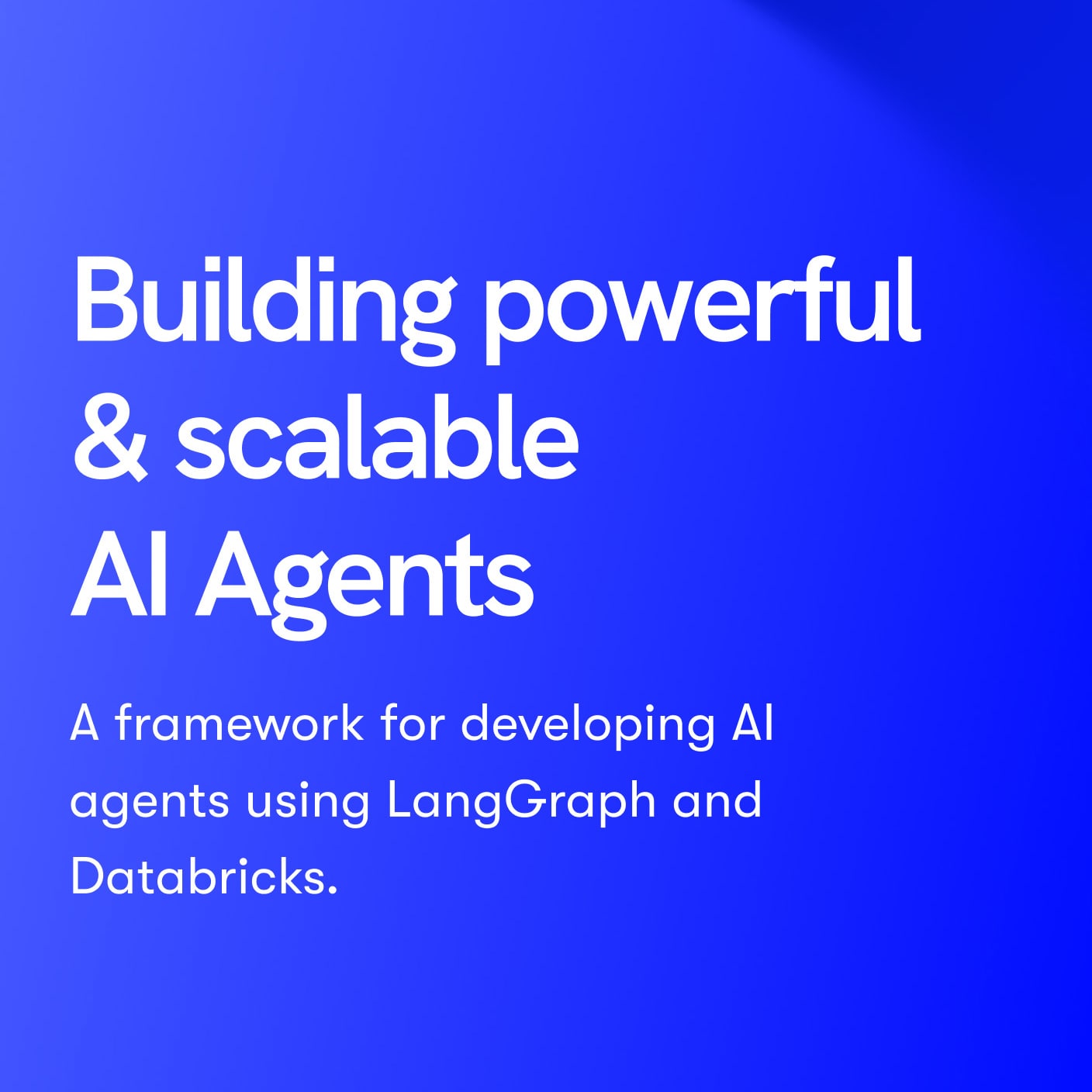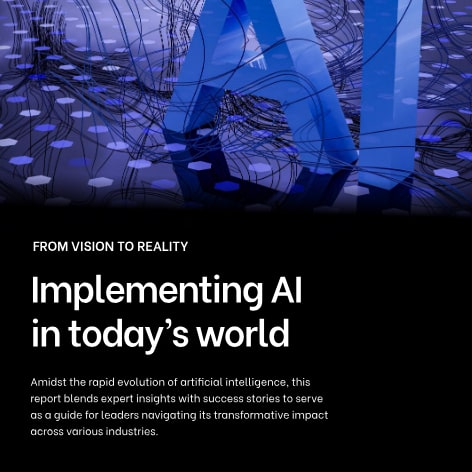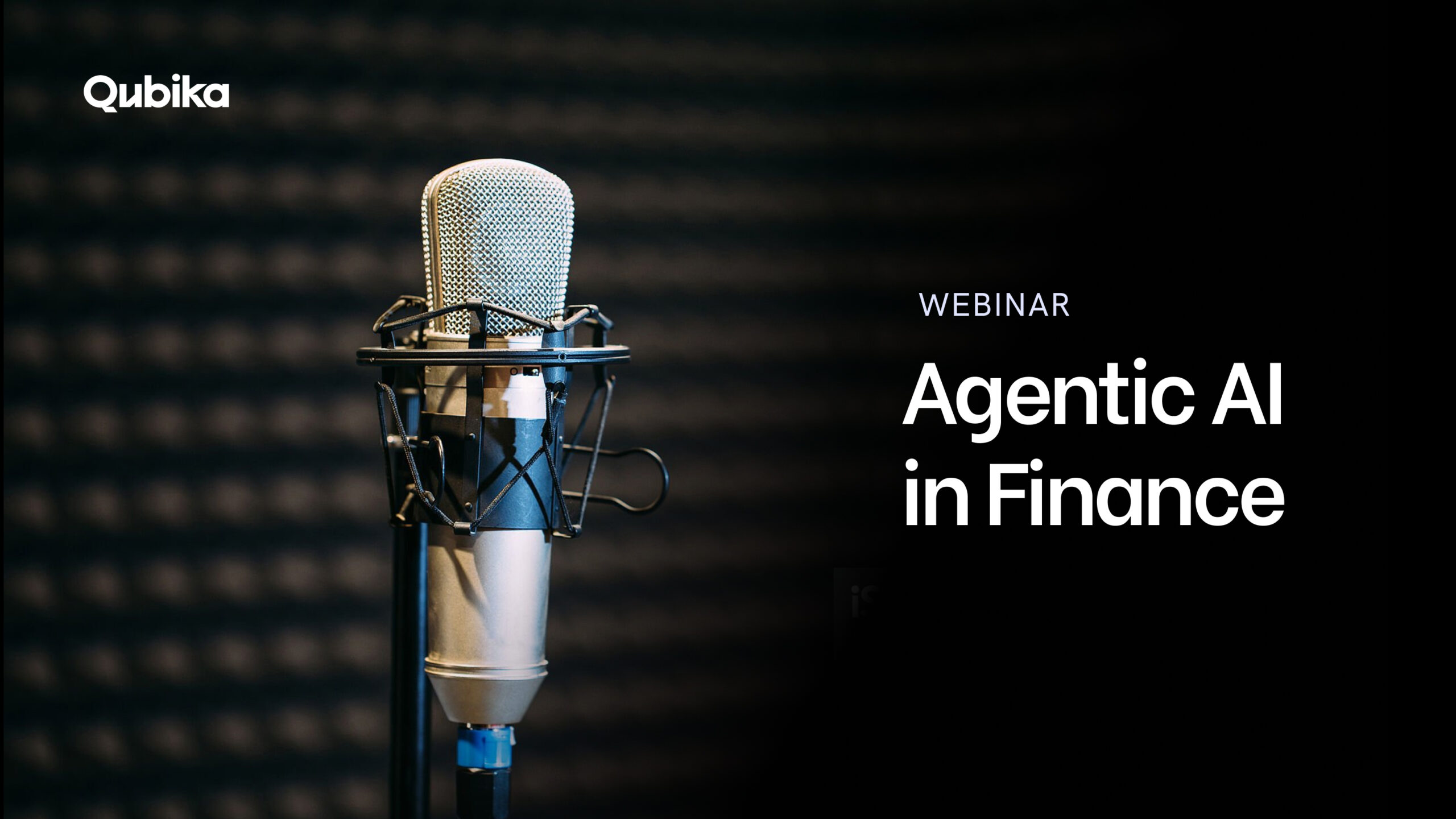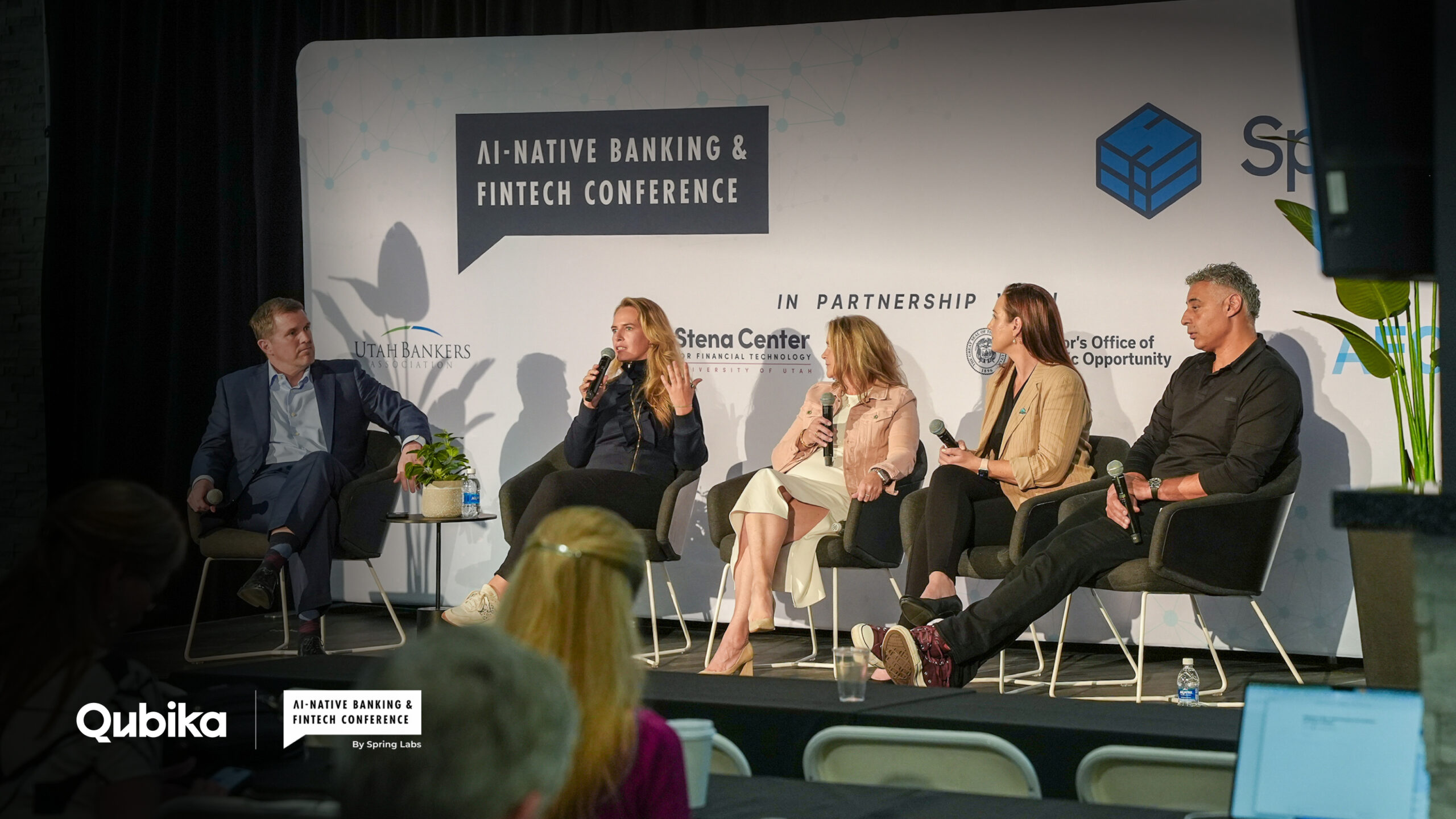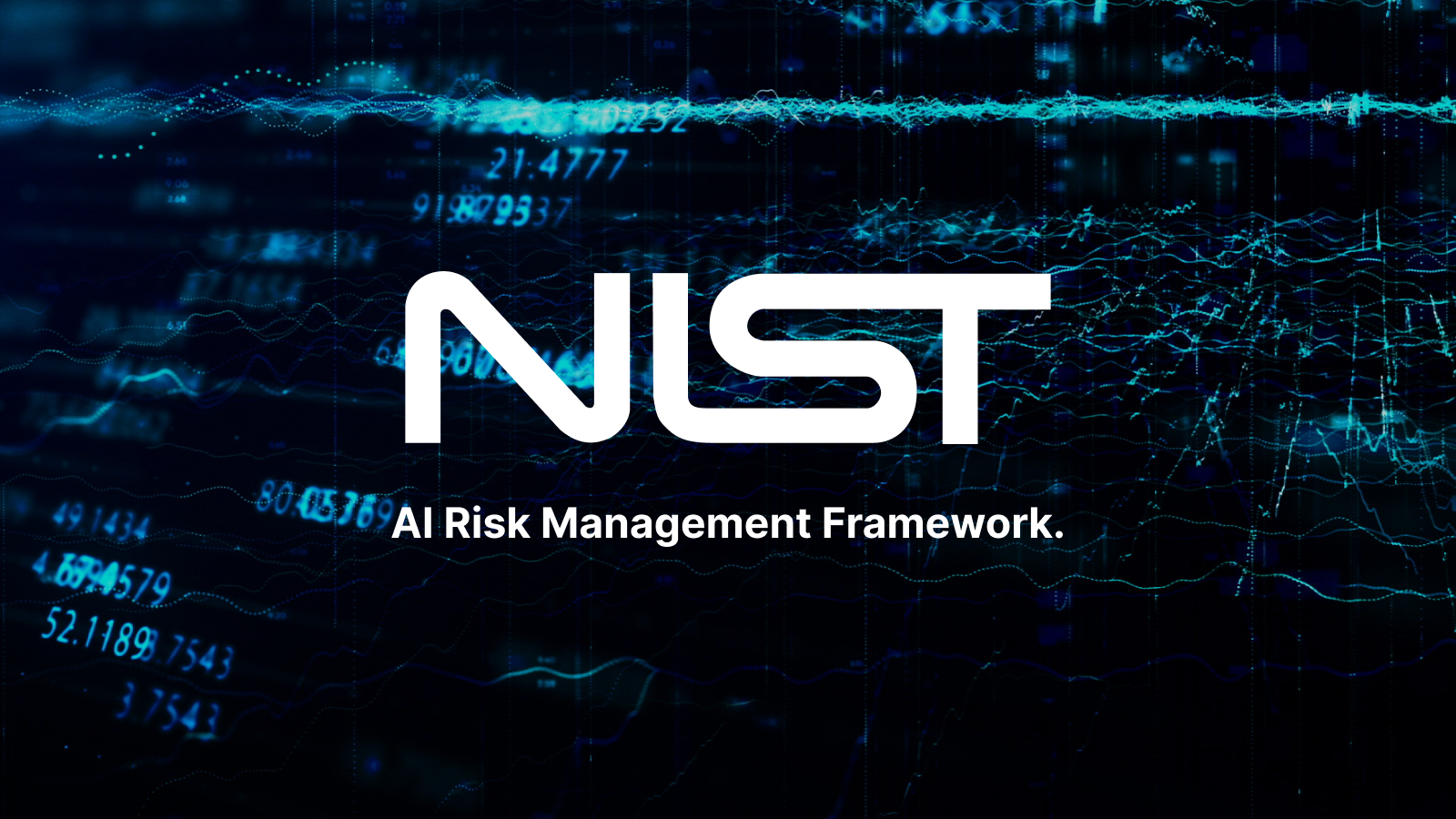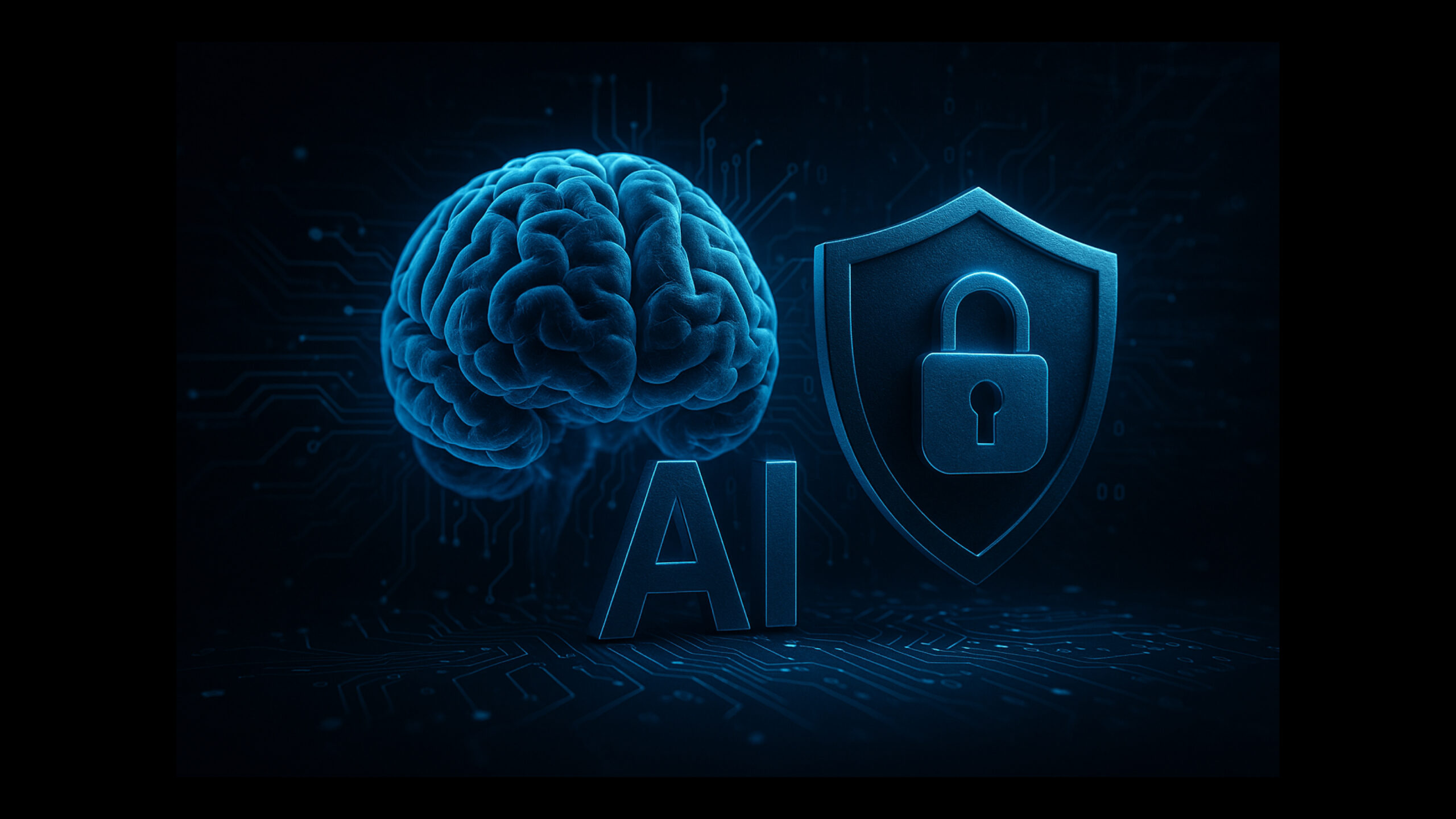Artificial intelligence is reshaping the world of product design, not by replacing designers, but by reframing their role. As AI becomes more embedded in the design process, the UX profession is undergoing a seismic shift.
At a recent keynote by Erik Summa, AI Experience Leader at Dell Technologies, on “The Importance of UX in the Age of AI” at The Austin Forum on Technology & Society, several powerful metaphors and forward-looking insights emerged, painting a clear picture: the future of design isn’t about tools or outputs. It’s about judgment, ethics, and vision.
AI Agents: The eager interns of the design world
Summa offered a compelling metaphor: AI agents are like eager interns. They work 24/7, absorb knowledge quickly, and can be taught UX principles. But they also make mistakes, require supervision, and depend on continuous feedback. In this analogy, the designer becomes the mentor—responsible for guiding, refining, and shaping the intern’s contributions.
This dynamic means the role of the designer evolves from doer to director. The agent can help with execution, but it’s up to the human to instill judgment and ensure quality.

Image from keynote, “The Importance of UX in the Age of AI”
The human role in a machine-enhanced world
In a world where AI can execute quickly and iteratively, ideation becomes a designer’s most valuable asset. Being the one with the idea—rather than the one executing it—will be the true differentiator. This calls for a shift in our mental models: productivity won’t always mean sitting at a desk in front of a screen. Designers must embrace a mindset where creativity, not software proficiency, defines their impact.
Figma skills alone won’t qualify you as a designer anymore. The real work lies in framing the problem, guiding AI through ambiguity, and applying critical thinking. As AI takes over repetitive and junior-level tasks, entry into the profession becomes more challenging. Junior designers may no longer cut their teeth on basic execution work. They’ll need to cultivate strategic thinking earlier in their careers. This creates a challenge—and a responsibility—for the industry to mentor the next generation.
Empathy remains non-negotiable. While AI can simulate human tone and behavior, it can’t truly feel. Designers must continue to advocate for users, act as ethical filters, and ensure that AI-powered experiences don’t compromise privacy. In this sense, UX becomes the last line of defense between users and unchecked data use.
And let’s not forget the half-life of skills. What you master today may be obsolete tomorrow. Agility and adaptability are now foundational traits for any designer.
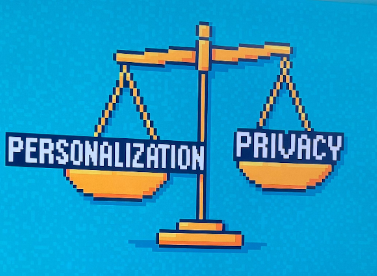
Image from keynote, “The Importance of UX in the Age of AI”
AI’s design potential: A race car needing a track
AI is not deterministic. Ask it the same question five times, and you’ll often get five different answers. Rather than viewing this unpredictability as a flaw, designers can harness it as a creative force. It opens space for serendipity and innovation—but only if there’s a system in place to channel it.
Summa likens AI to a race car: powerful, fast, and unrelenting. UX is the racetrack, the infrastructure that keeps that speed directed and purposeful. Without thoughtful UX, AI runs the risk of spiraling out of control.
Personalization will reach unprecedented heights with AI. Experiences can adapt in real-time to individual user needs, dramatically improving accessibility and inclusivity. But with that power comes responsibility: to ensure that such experiences are transparent, respectful of privacy, and anchored in real human needs.
UI, in this context, may fade into the background. As voice, gesture, and ambient interactions become more prevalent, we may no longer need interfaces as facilitators. The experience becomes the interface.
Crucially, AI isn’t a feature. It’s a platform, one that absorbs other features just as smartphones once did. What were once standalone tools—calculators, cameras, even UX workflows—are now components within a broader, intelligent system.

Image from keynote, “The Importance of UX in the Age of AI”
A call to action
As AI transforms the design landscape, the role of the designer becomes more critical, not less. Designers will shape the ethical boundaries, emotional resonance, and overall integrity of AI-driven experiences. Their job won’t be to outdo AI in speed or scale—it will be to humanize it, question it, and, most importantly, guide it. The future of UX isn’t about knowing the latest tool. It’s about knowing how to think.
“Don’t do UX research by asking ChatGPT what people would think,” Summa cautioned. Real human understanding can’t be faked.
A big shoutout to Erik Summa for his glass-half-full perspective on the future of UX & AI and to The Austin Forum on Technology & Society for making future-shaping talks accessible to the community.

